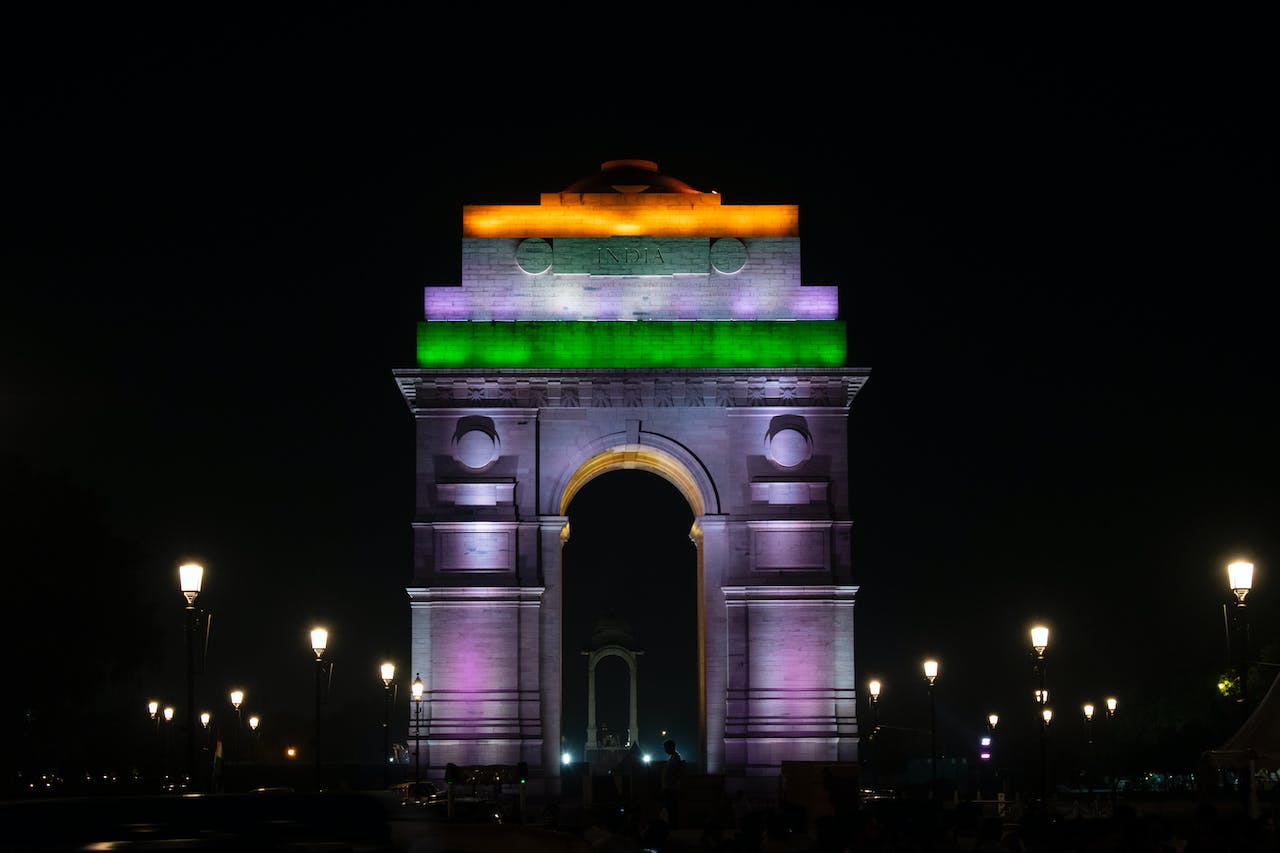Learn some interesting information about India, a country that is the second most populous in the world. It is known for its diverse languages and cultures, as well as its feats in science and technology especially during the ancient era. It boasts a rich history as well as other unusual and amazing stories. And who could ever forget Indian cuisine — it’s one of the most famous in the world. Get to know some of the amazing facts about India that we bet you didn’t know!
During his term as president, Avul Pakir Jainulabdeen Kalam (born 1931) visited Switzerland in 2006. Upon his arrival on May 26 that year, Switzerland declared the date as Science Day, owing to his vast knowledge and experience in science and technology as he is also, obviously, a scientist.
We wish many world leaders would take their cue from Dr. Rajendra Prasad (1884-1963), the first president of the Republic of India. He took only 50% of his salary, saying he won’t need more than that. At the end of his tenure, he received only 25% of his salary.
It shouldn’t be surprising that India is the world’s largest producer of milk. This is because about 78% of Indians are practicing Hinduism, where cows are considered sacred. So obviously, there are a lot of cows in India that provide their milk, India’s most popular and common beverage.
Since 1997, India has actually been the top milk-producing country in the world. However, it was the first time India has surpassed the milk production of the entire European Union, reaching over 132.4 million tons of it in 2014.
Did you know that India was also the first country to produce sugar granules from the sugarcane juice many thousands of centuries ago? If you didn’t know, now you do.
The highest cricket ground in the world is found in Chail of Himachal Pradesh, India. It has an altitude of 2,444 (8,018.37 feet) above sea level. It was built in 1893 as part of Chail Military School, and was owned by Bhupinder Singh, the Maharaja of Patiala (ruling year 1900 to 1938).
As you might have guessed it, the world “shampoo” came from India. The Anglicized version was derived from the Hindi word champo which was itself originated from the Sanskrit root word capayati, meaning “to press.”
According to historians, diamonds were first discovered and mined in India during the 4th century B.C. Until the late 19th century, India was the only source of diamonds in the world.
Makes sense — couples “get it on” on Valentine’s Day and will probably bear a child exactly 9 months after that. Well, that’s the idea behind this holiday.
Sounds funny, but this is not just the reason why Indians celebrate Children’s Day — there’s a deeper, more significant and special meaning behind it. November 14, coincidentally, is also the birthday of India’s first Prime Minister Jawaharlal Nehru (1889-1964). He saw the importance of the children and the youth as India’s bright future, and of course he also loved being with young people, and giving them inspiration.
Now there’s a more practical and noble reason why this airline in India hires slim women. While some airlines admits to hiring them for their appeal, budget airline carrier GoAir hired predominantly stewardesses because they are 15-20 kilos lighter than an average man.
The company offered a valid explanation regarding hiring women — they are usually 15-20 kilos lighter an average man. GoAir estimated that every extra kilo would cost them about $0.05 per flying hour. By implementing the new policy when hiring for their crew, the aircraft would remarkably feel lighter when in flight, therefore speeding up the travel. In the end, the company would save up to $500,000 annually in fuel.
During the Battle of Saragarhi (September 12, 1897), all twenty-one Indian Sikhs from the 36th Sikhs infantry corps chose to fight to their deaths against their enemies, rather than surrendering to them. They faced an overwhelming number of enemies — 10,000 Afghan and Orzakai tribesmen — as a last resort to defend a strategic army post. Because of the 21 Sikhs’ heroic and gallant last-stand, the Sikh military personnel and civilians commemorate this battle as Saragarhi Day (held every September 12), as this battle was accorded the honor of a regimental holiday.
However, some Indians argue that although it’s true that that they have over 300 million deities in the Hindu religion, it doesn’t mean that each deity “belongs” to a particular village.
India has one of the largest employers of the world, the Indian Railways. The state-run enterprise comes in as the 7th biggest employer with 1.4 million workers as of 2012 estimates.
The 6th-century Buddha statuette, excavated on Helgö Island in Lake Mälaren, Sweden, originated from North India. From the excavations and related findings, the archaeologists found out that the Vikings sailed over long distances to conduct business and trade in many countries including India. They also unearthed a christening ladle from Egypt and a crosier from Ireland from the same excavation site.
The Harmandir Sahib, or more popularly referred to as the Golden Temple in Armitsar, India, has one of the largest free kitchens to be run anywhere in the world. The temple makes sure that everyone who comes randomly to the temple — regardless of caste, race, and religion — is given a free, hot vegetarian meal.
No one goes hungry when someone comes to the Golden Temple, which feeds about 100,000 people — and that’s on a daily basis. The kitchen is run by a staff of 450, and hundreds of people also come to the temple to volunteer in the kitchen.
Mango, called the King of all Fruits, is also the national fruit of India. These delicious mangoes also prove to be a huge boon for India’s economy. As of 2012, India is still #1 in mango production with 15,250,000 tons.

